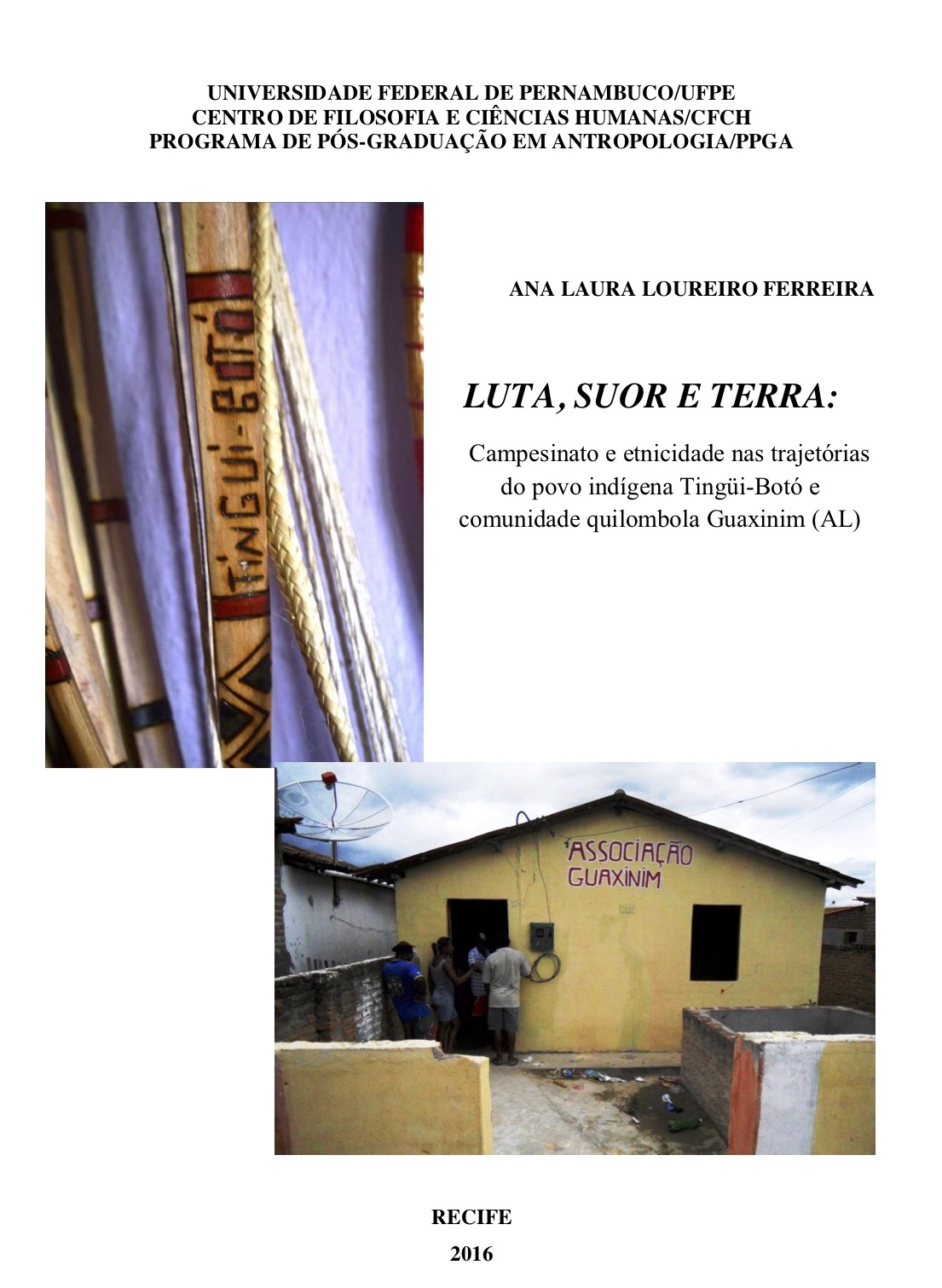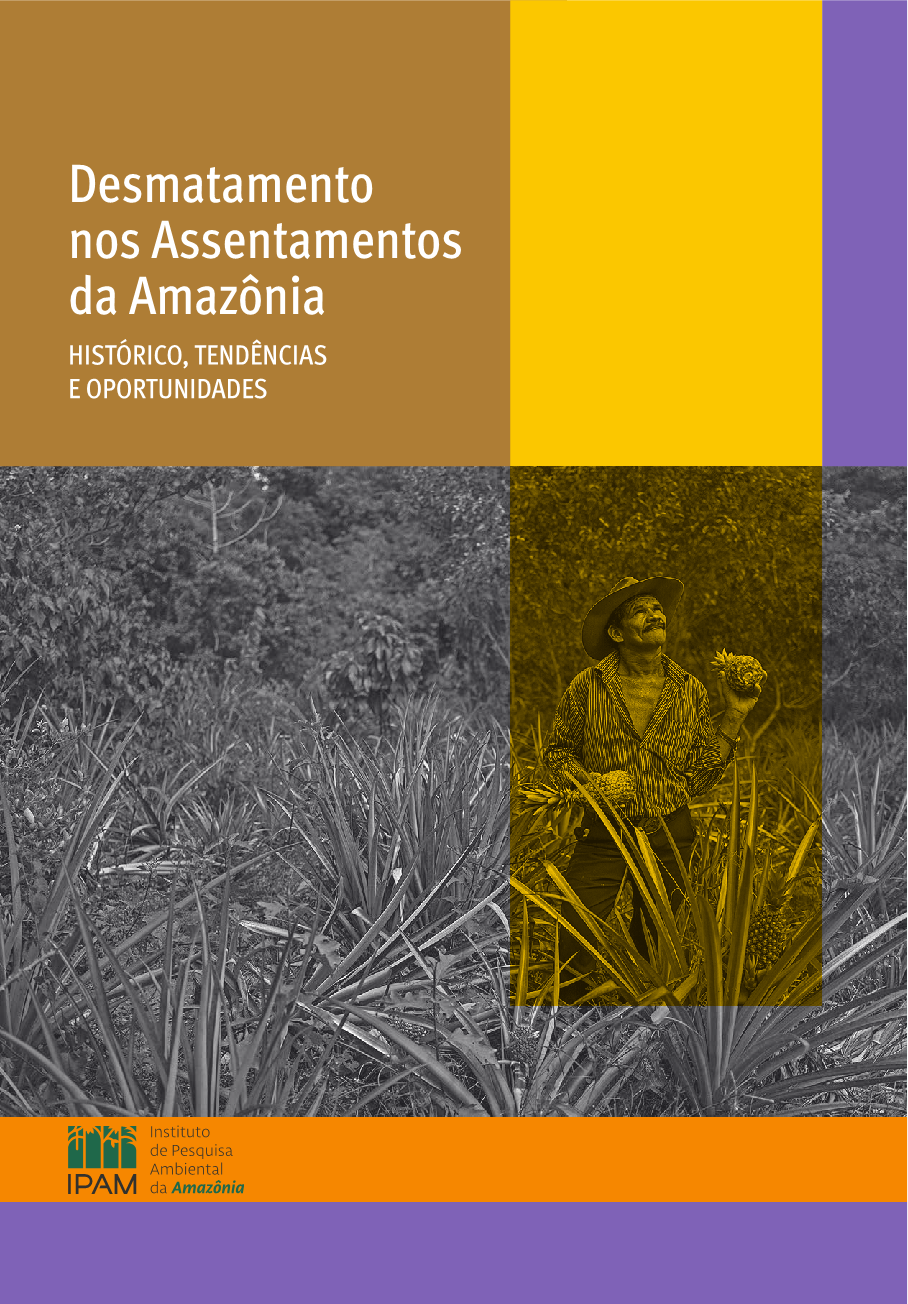Forest and Farm Facility (FFF): Local voices speaking together for global change
Small forest and farm producers manage a third of the world’s forests. Together, these smallholder families, indigenous people and local communities are the world’s largest investors in forests. They are key to sustainable forest and farm management and have a critical role to play in the success of global concerns such as Reducing Emissions from Deforestation and Forest Degradation (REDD+), climate change adaptation and green growth. Yet all too often their voices go unheard.







